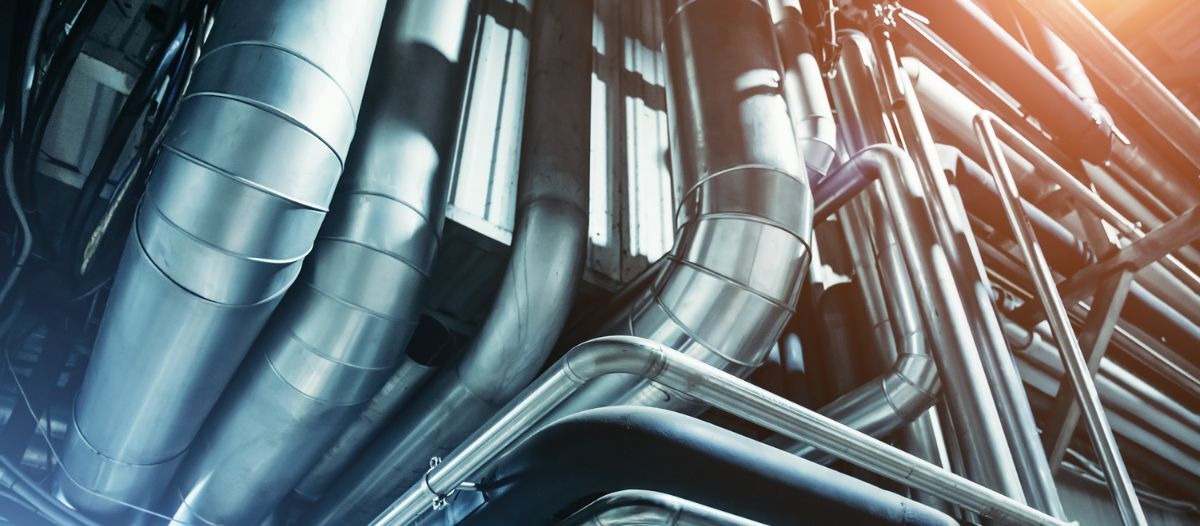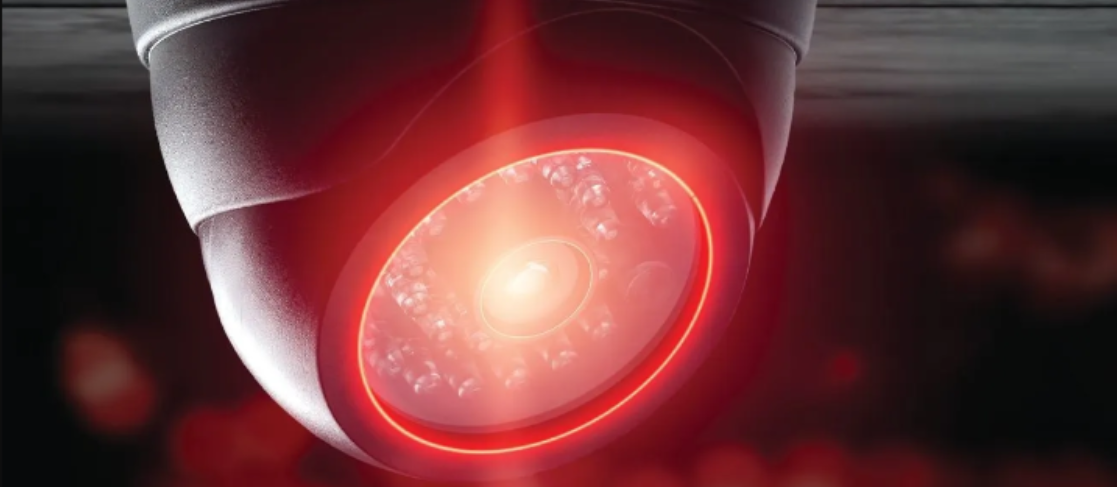Go With the Flow
Choosing the right airflow valves

Facility managers play an integral role in a building’s operational success. From overseeing security systems to tracking health and safety standards, FMs wear many hats. Of their responsibilities, the most demanding is maintaining what is often a building’s largest and most expensive asset – the heating, ventilation and air conditioning (HVAC) infrastructure.
HVAC systems serve two main purposes:
-
Maintaining occupant comfort through temperature and humidity control.
-
Creating safe and therapeutic environments for occupants by dispersing and mitigating the flow of airborne pathogens, dangerous fumes and toxic dusts within critical spaces such as patient isolation rooms and laboratories. This is achieved through specific standards around air changes per hour, fresh air changes, negative or positively pressured rooms, and temperature, humidity and CO2 management.
Managing large and complex HVAC systems can be especially challenging for facilities with various environments to supervise, as FMs must ensure compliance from regulatory bodies and balance control sequences with how people are utilizing the space in real time. However, it is easier to meet compliance, as well as achieve and maintain optimal HVAC performance, when using airflow control technology that is best suited for specific applications.
With so many valve options on the market, it can be difficult to determine the best fit for a facility. There are three common types of airflow control valves that keep general use spaces and critical environments safe and comfortable: variable air volume (VAV) valves, measured airflow valves and Venturi air valves.
General use spaces: Achieving a comfortable temperature
In noncritical environments such as offices, auditoriums, schools and shopping centers, VAV valves are recommended for both the general supply and exhaust. At the lowest price point, VAV valves have a simple blade-style damper, standard actuator speed, and control the volume of conditioned air to manage temperature, humidity and ventilation. The VAV valve is the most basic airflow valve on the market as its main purpose is to simply maintain a comfortable environment through general supply and exhaust.
However, throughout the COVID-19 pandemic, enhanced public health and safety within general use spaces became a top concern. As public health officials gained a better understanding of how COVID-19 can be transmitted through airborne droplets, building owners and FMs looked to their HVAC system to help mitigate airborne transmission risks.
To create safer general use spaces, FM, architects and engineers borrowed airflow control concepts from stringent requirements usually reserved for critical environments, such as patient isolation rooms and laboratories. Techniques include:
-
Increasing the outdoor air changes per hour to pump more fresh air into spaces to dilute and disperse aerosols
-
Increasing the air change per hour (ach) rate from 2-3 to 6 ach
-
Creating negative pressure zones
-
Utilizing UV-C light fixtures
-
Adding plug-in room HEPA filters
-
Installing MERV-13 filters
HVAC professionals are also creating flexible spaces for health care buildings and other facilities that allow for a higher standard of care when hospital patient rooms are at capacity. The design of these flexible spaces includes installing Venturi air valves in general use spaces to be activated if needed. For example, a hospital might install Venturi air valves within an office space to have the option to create additional negative pressure patient rooms with greater airflow control.
Patient rooms: Maintaining precise temperature, pressure & humidity control
Health care settings demand agile and reliable control products to provide a safe and therapeutic environment for patients and staff. There are strict requirements for maintaining the proper temperature, air pressure, air changes and humidity for patient rooms. These parameters create healing and protective spaces, depending on the patient’s needs. To produce these specialized environments, Venturi air valves or measured airflow valves should be installed for the general supply and exhaust. Set at a higher price point, both specialty valve types use speed and precision to provide airflow changes to real-time room fluctuations to continuously disperse and mitigate dangerous aerosols. However, both valves have their unique design elements.
Venturi air valves are pressure independent and are specifically designed to provide accurate and repeatable control. They have a high turndown ratio and utilize a cone and spring assembly to maintain desired airflow regardless of duct pressure changes. Venturi air valves also utilize fast-acting actuators that provide a rapid response to changing conditions. This rapid response ensures the airflow is constantly maintained at desired levels, which is essential in health care settings. Multiple Venturi air valves can also be used together to increase the supply or exhaust airflow.
Measured airflow valves provide an airflow sensing technology and are pressure dependent. They successfully operate with lower differential pressures compared to Venturi air valves. Measured airflow valves also have a high turndown ratio but sensor drift is a consideration to manage. They can be used in tandem with Venturi air valves to increase airflow management capabilities.
Laboratories: Stabilizing airflow volume & energy consumption
Similar to patient rooms, laboratories require more advanced HVAC controls over simple VAV valves to ensure dangerous aerosols do not travel throughout a space. Venturi air valves or measured airflow valves can both be used for the general supply and exhaust because of their speed and accuracy in maintaining airflow during dynamic room conditions.
Laboratories also often contain multiple fume hoods, which greatly affect the air balance of a space. Although both airflow valves can be used alone or in tandem for general supply and exhaust, corrosive-resistant coated Venturi air valves are best suited for fume hood exhaust ducts. This is because the valve has no sensors and FMs do not have to worry about chemical erosion or debris buildup to receive accurate airflow information from the fume hood controller. Venturi air valves are also available with thermal insulation to prevent heat loss and increase energy efficiency. Their faster speed of response over measured airflow valves and VAV valves is important for real-time airflow monitoring while someone is working in a fume hood.
Proper laboratory ventilation and fume hood exhaust management is a vital part of ensuring occupant safety, quality research results and regulatory compliance.
Energy efficiency is also an important consideration when managing laboratory HVAC systems, as they are often the largest energy consumer within a campus or facility. Using outdated and inefficient equipment can cause unnecessary burdens on the infrastructure. Basic VAV valves cannot meet the stringent HVAC performance demands so it is best to avoid them within laboratory settings.
Additional strategies to help minimize a facility’s carbon footprint include:
-
Minimizing fume hood exhaust with occupancy sensors and automatic sash closings
-
Reducing room ventilation during unoccupied times with occupancy sensors
Effective airflow control is an essential component of a healthy building, providing clean air and a comfortable atmosphere. From general use spaces to patient rooms and laboratories, managing the HVAC infrastructure is easier when the right equipment for the application installed.

Auri Aniulis is an engineer and product manager for Johnson Controls Critical Environments specializing in air valve technologies for room critical environments.
Read more on Operations & Maintenance and Project Management
Explore All FMJ Topics









